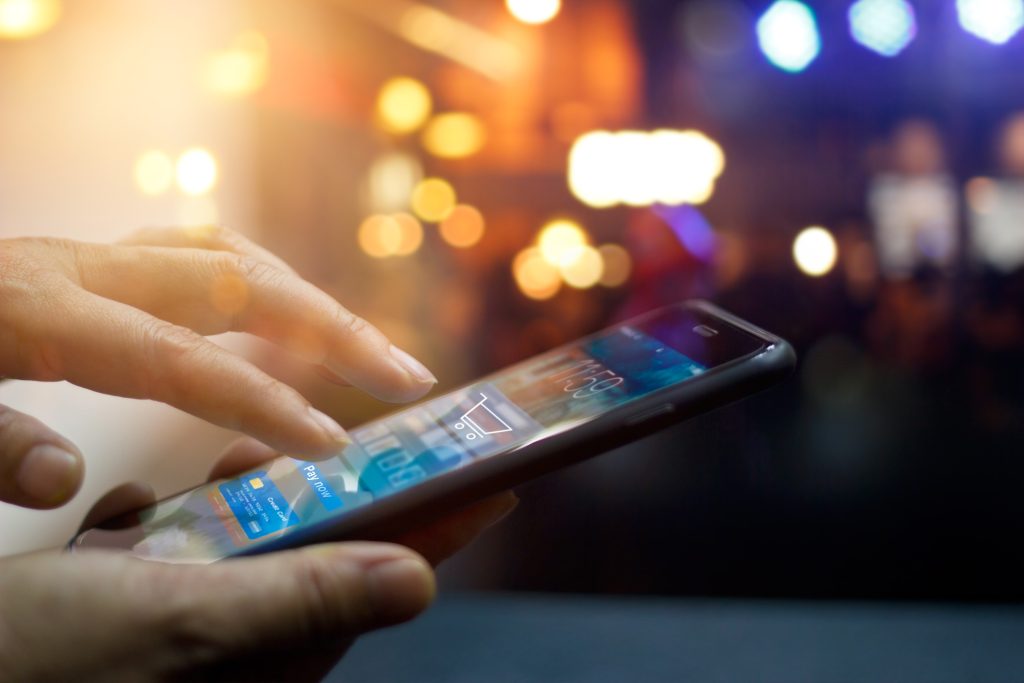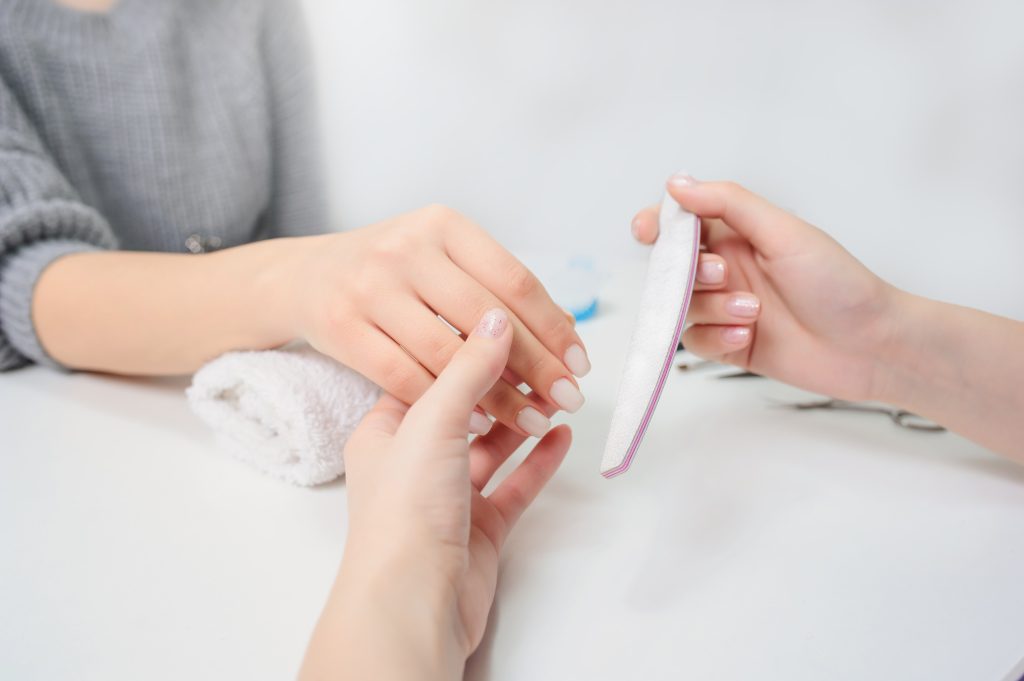
Series: The A-Z of E-Commerce (Part 4)
E-commerce has revolutionized the way consumers shop and a single umbrella term is no longer sufficient to encompass the extent to which e-commerce has expanded and will continue to expand. This article is the fourth part to a five-part written series which explores the A-Zs of lucrative e-commerce opportunities.
M-Commerce
Mobile commerce is a purely mobile experience, where a user’s entire path to purchase can take place on a mobile phone without the need for a desktop or physical store. Shoppers can go from product awareness on social media and skip other steps in the purchase pathway such as consideration and preference, progressing directly to purchase, all on a single smartphone. Mobile commerce is a combination of several trends that have already become part of our daily lives – namely, livestream, augmented reality (AR), and product identification. It also involves combining e-commerce checkout platforms. For example, recently Tik Tok and Shopify have joined forces where, if a user views a Tik Tok, any products that the influencer is wearing or livestreaming are immediately identified by the algorithm and made available for purchase through a direct link to the store. Mobile commerce has advanced more significantly in Asia. Livestreams and livestreaming sales have been popular in China since 2014, and have become part of Japanese and South Korean retail culture. As well, platforms natively have an AR function built-in, and inherently have an e-commerce presence similar to that of the Facebook and Instagram stores, where users can transact using their preferred form of payment and have the item delivered by the social media platform to the shopper within a few hours. This type of m-commerce has begun to slowly establish itself in the Western world, and will continue to advance to mimic that of Asia.

N-Commerce
Nail commerce has grown in popularity during the COVID-19 pandemic and is expected to remain popular due to the subsequent changes in consumer habits. With the widespread closures of nail salons, much of the industry has transitioned to an alternative business model whereby clients can book services from nail technicians online for house calls. As well, apps such as MOBILESTYLES have been introduced as a digital directory where independent nail and beauty technicians can create profiles to connect with clients looking for house call services. The future of nail commerce will see an increasing number of apps on the market, improving customer experience and streamlining the service offering by allowing clients to book easily with the click of a button. Furthermore, nail commerce will expand to include other spa services such as facials, massages, and more, all through an easy and streamlined app.

O-Commerce
Similar to other medical services, optometry is being disrupted by new examination technologies which allow patients to receive eye examinations and have eyeglasses made online. Such online services remain in their infancy due to the hands-on, tangible nature of optometry. The future of optometry commerce will feature a hybrid service offering where comprehensive checkups will continue to be performed offline, and additional checkups, emergency concerns, and contact lens/glasses fittings could take place online. Online media would include website and app, and would feature a live chat feature to allow users to reach optometrists at any point in the day to voice their concerns and ask questions to professionals. Already, companies such as Opternative are capitalizing on online technology to offer optometry services digitally. Opternative allows patients to receive an online eye exam and receive a prescription within 24 hours.

P-Commerce
Publishing commerce enables authors to self-publish media and facilitates the discovery of this independent content. Already, Amazon has entered the p-commerce market through its Kindle Direct Publishing offering, which provides authors with the autonomy to self-publish their content, increase their book’s exposure on a global scale, and earn money independently. The future of publishing commerce will see an increased number of self-publishing platforms such as that of Amazon, as authors become more empowered and seek to retain control over their own works. Furthermore, publishing commerce will feature multi-platform media to facilitate reading, such as Amazon Kindle, which allows users to read with a Kindle device, online, or through a mobile app.

R-Commerce
Repair commerce facilitates the digital, on-demand scheduling of a repairperson for various tasks, such as fixing a car, home, appliance, or plumbing. A patchwork of handyman apps such as Thumbtack have emerged, and e-commerce platforms like Amazon have begun offering home services. However, digitizing the repair process is still relatively low tech because the repair industry is inherently hands-on and has therefore necessitated clients to describe the repair issue in detail and send photos to receive a quote, albeit a vague one. The advent of the smartphone camera has streamlined the repair process. Users can now record videos in greater detail and higher resolution, better indicating the equipment needed for a given job to allow the repair person to provide more accurate estimates. This being a notorious drawback of the industry, digitization will revolutionize the quality of service offered to clients by allowing the repair person to be better prepared. R-commerce will become especially important in the future because of the rapidly ageing population in the US, and the shift in new generations away from the do-it-yourself mindset and toward convenience. Additional applications of r-commerce are both led by Uber: rideshare commerce and restaurant commerce. The future of rideshare commerce will see the current model extended to allow for a version of fractional ownership, where users will be able to request a car for personal use rather than a driver, and then will be charged automatically for the time the car is used via the app. Extensions of rideshare commerce are expected to revolutionize car ownership in the future. Restaurant commerce will advance to incorporate technology such as delivery robots, as Meituan in China is currently testing, and will eventually democratize access to food entrepreneurship by featuring delivery-only brands with no physical locations.
To continue exploring the A-Zs of e-commerce, refer to the subsequent part 5 of this article series. For preceding articles, refer to part 1, part 2, and part 3.

